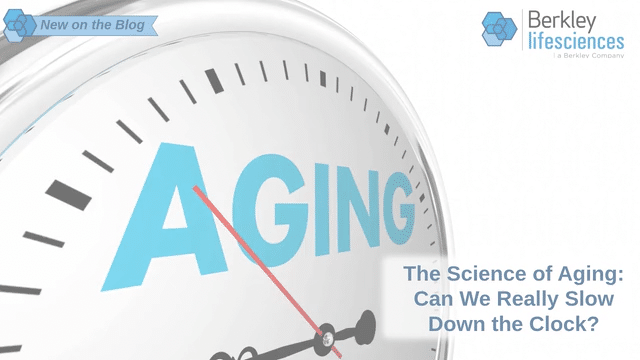The Science of Aging: Can We Really Slow Down the Clock?

The Rise of Anti-Aging Research
Influencer and tech entrepreneur Bryan Johnson set a bold goal four years ago: to redefine how we approach health and aging. He developed a system that radically alters his diet, sleep, and exercise routines in an effort to reverse his biological age. Johnson is now years into his one-man project, Blueprint, which includes taking over 110 pills per day, undergoing light and sound therapies, and following a strict sleep regimen—all guided by real-time data and a team of specialized doctors.
By closely monitoring biomarkers—measurable indicators of biological processes—his team aims to uncover which factors most significantly influence aging and how they might be slowed or reversed.
Legacy of Longevity Research
While Johnson’s story is headline-grabbing, the science behind it has deeper roots. Since 1950, the average American life expectancy has increased by about a decade, thanks to advances in healthcare and the rise of personalized medicine. However, a longer life does not always mean healthier one: about 85% of American adults aged 65 years and older have at least one chronic disease, and 65–75% suffer from two or more. This alarming reality has prompted researchers to rethink how we define health.
Biological Age vs. Chronological Age
Unlike chronological age (your age in years), biological age reflects how well your organs, tissues, and cells function. Scientists estimate biological age using biomarkers such as DNA robustness, inflammation levels, and cell regeneration rates, paired with statistical models. Anti-aging research aims to provide a more accurate picture of health than simply counting birthdays.
The goal is not just to live longer—but to stay healthier longer.
A Brief History of the Science
In 1969, a paper by Alex Comfort introduced the concept of biological age. Dr. Saadia Hussain notes that since a pivotal 2013 study, the most widely used biomarker in aging research has been DNA methylation—a process that modifies DNA activity without changing its sequence. While methylation does not damage DNA directly, its buildup can impair cell function and contribute to age-related diseases.
Today, biotech companies are racing to identify additional biomarkers that could unlock new anti-aging therapies.
What’s Next?
A wave of startups is entering the field, backed by major tech investors.
- Altos Labs, funded with $3 billion—primarily from Jeff Bezos—is exploring targeted cellular reprogramming. This process “resets” older cells, making them act younger and healthier without changing their identity. Their work has led to improved biomarker profiles and extended lifespans in mice. Clinical testing is expected to begin in 2025.
- Retro Biosciences, based in San Francisco, secured $180 million in funding from Sam Altman, CEO of OpenAI. Since 2022, the company has validated its proof-of-concept and is preparing to launch clinical trials for its autophagy therapy—a process where cells recycle waste into energy and eliminate harmful byproducts. Retro and OpenAI are also collaborating on AI’s first biological model, which has enhanced stem cell reproduction 50-fold. With OpenAI’s computing power, Retro is a company to watch.
-
Life Biosciences (Life Bio), founded in 2017, is poised to launch the first epigenetic reprogramming therapy to reach clinical testing. Due to the novelty of the approach, there is no established protocol for testing. Normally, Phase 1 trials are conducted in healthy individuals to assess safety, but Life Bio’s trial will involve patients—providing data on both safety and efficacy. The therapy, aimed at treating glaucoma, has reversed blindness in mice as well as primates.
A Growing Market
The global longevity biotech market is projected to reach $600 billion by 2028, while the anti-aging industry is expected to surpass $120 billion by 2032. The convergence of tech investment, social media-driven interest in appearance, and a growing desire for healthier aging creates ideal ground for innovation.
As clinical trials expand and therapies move toward regulatory approval, the focus is shifting—from simply adding years to life, to adding life to those years.
Authored by Jeffrey Pirog, Berkley Life Sciences Summer Intern
